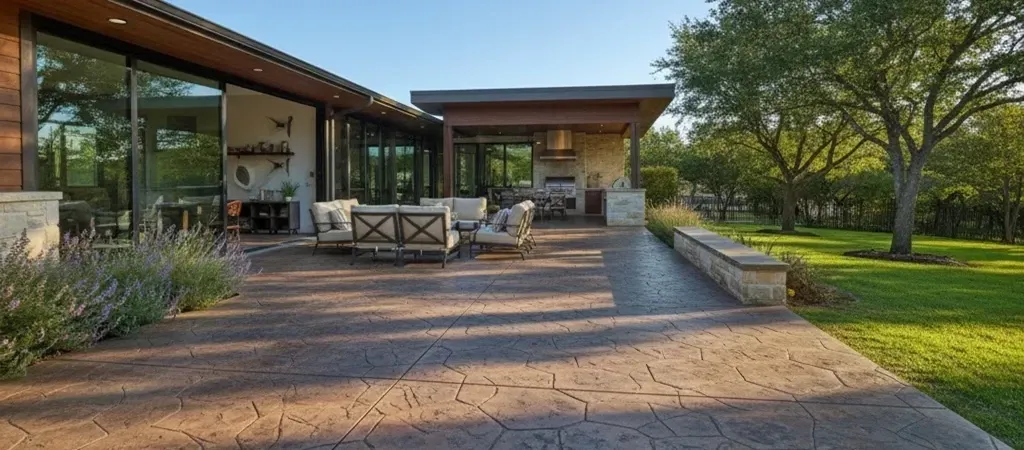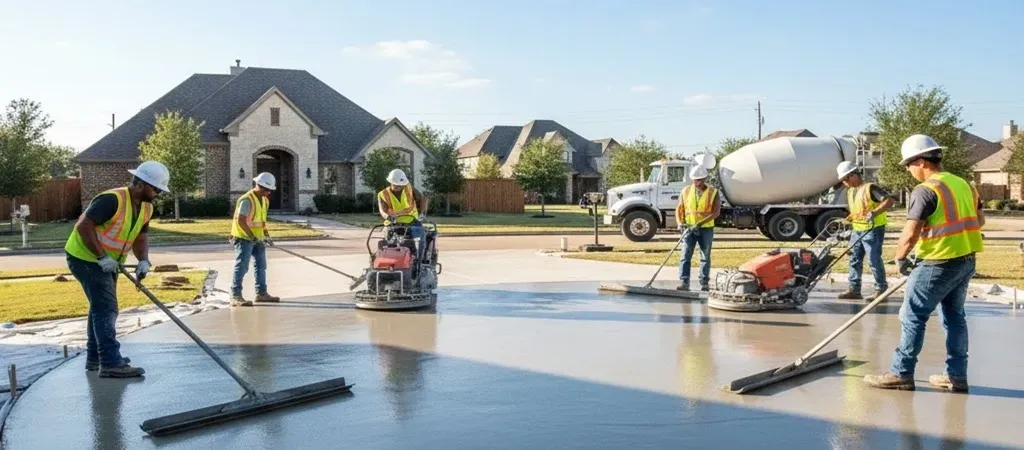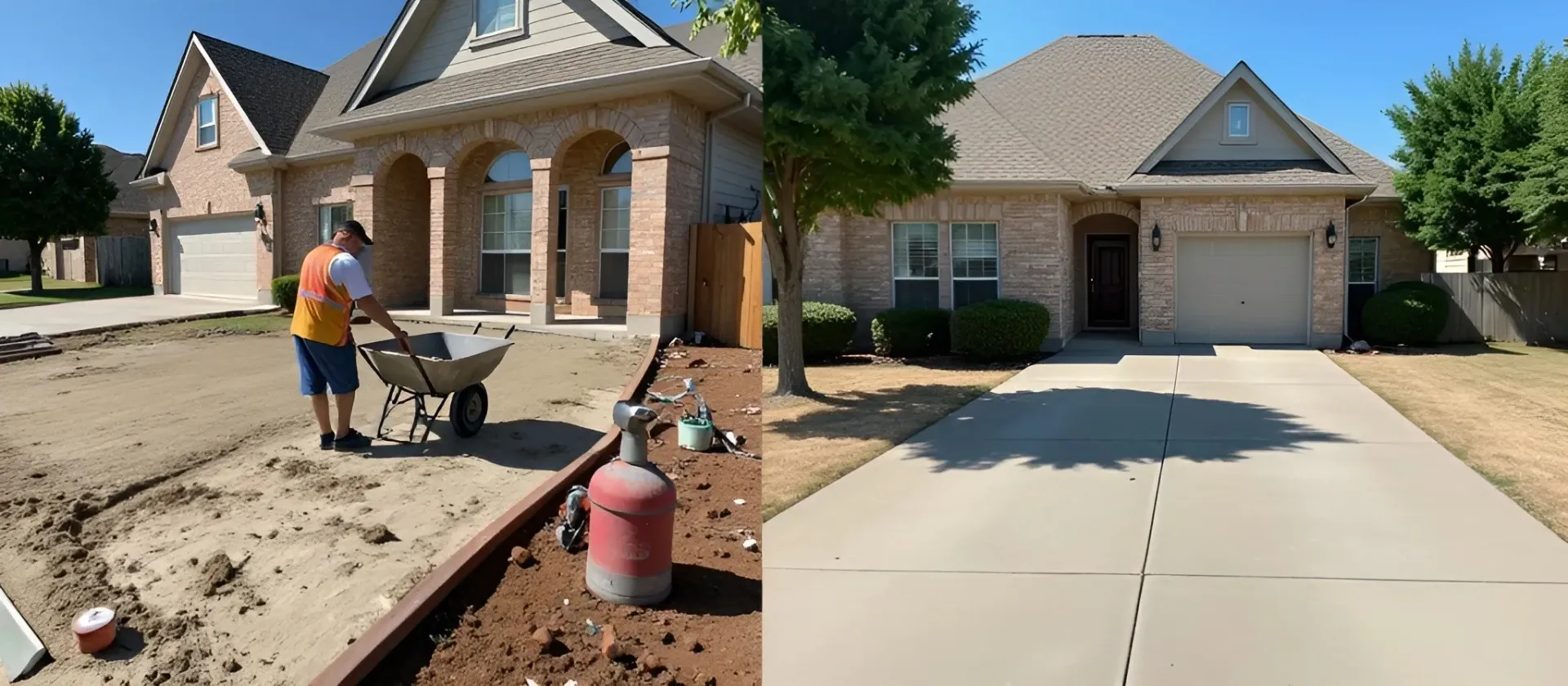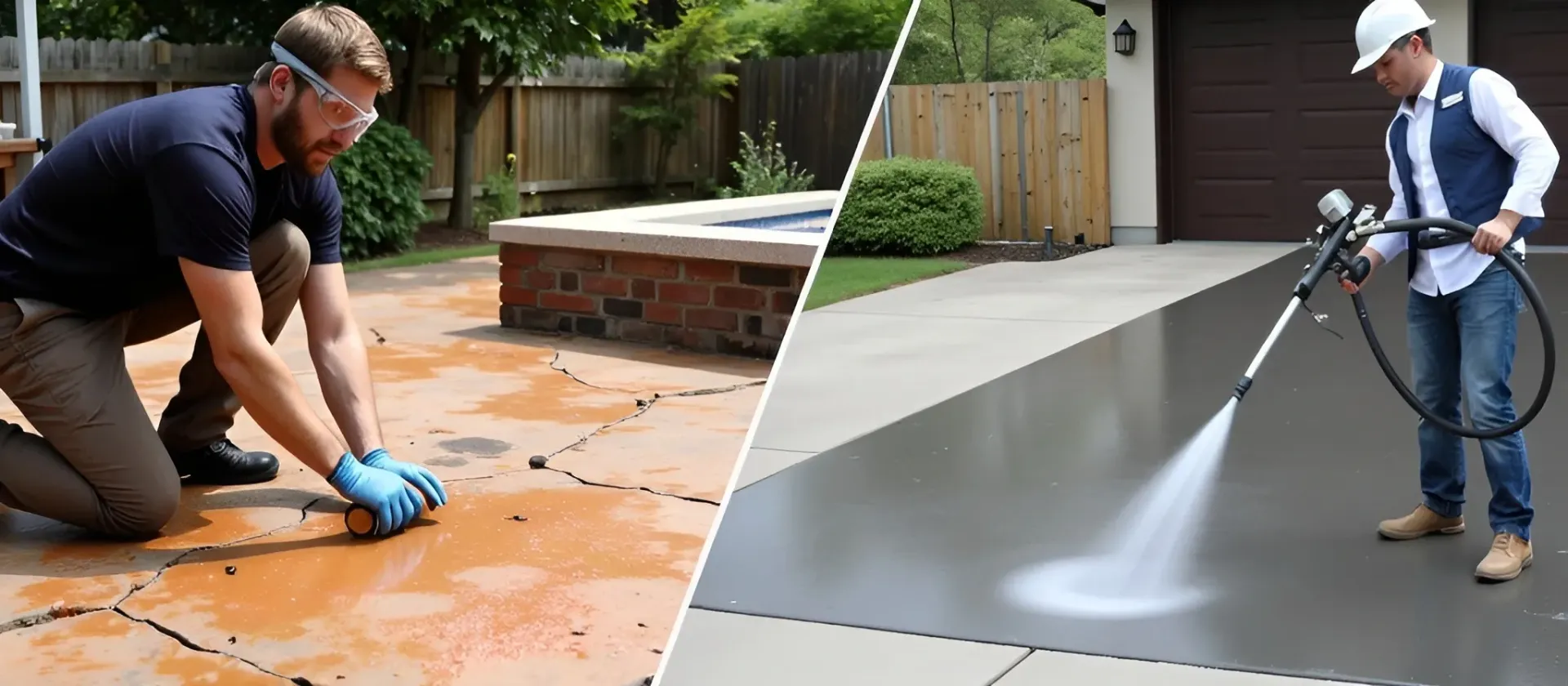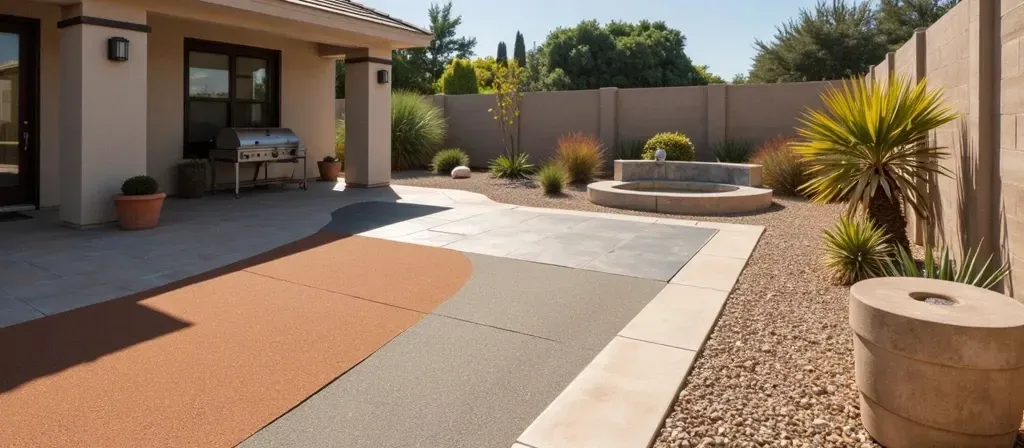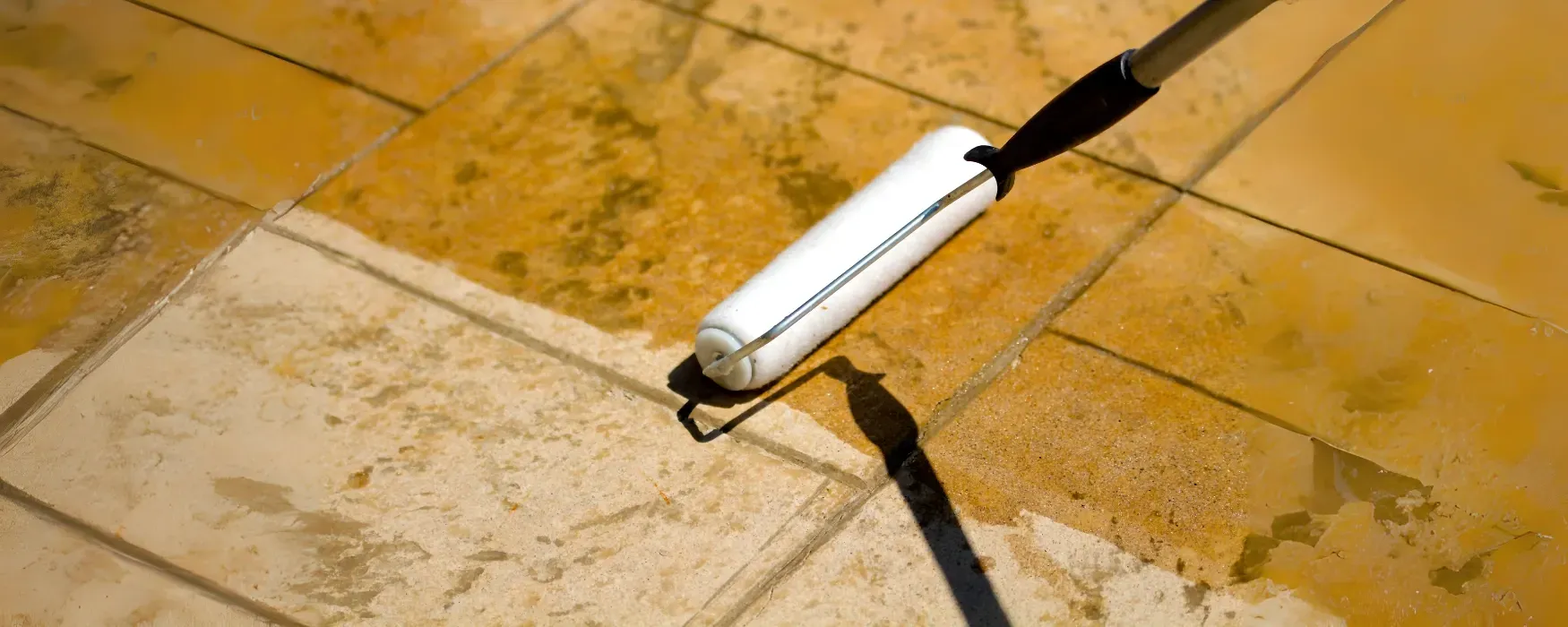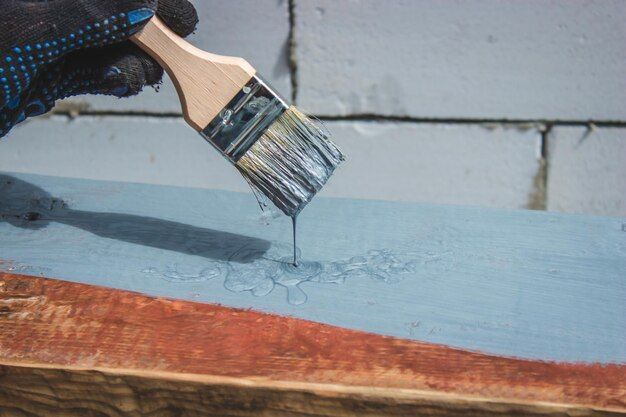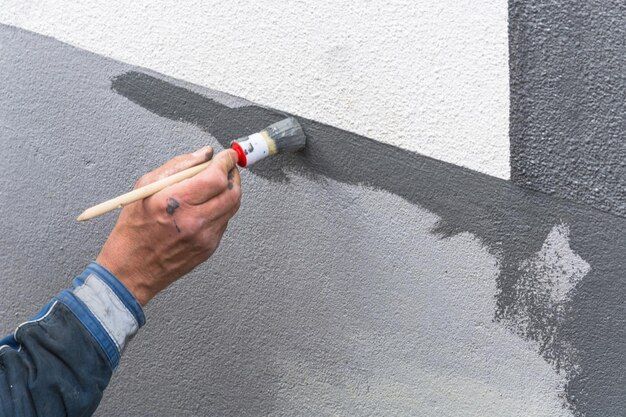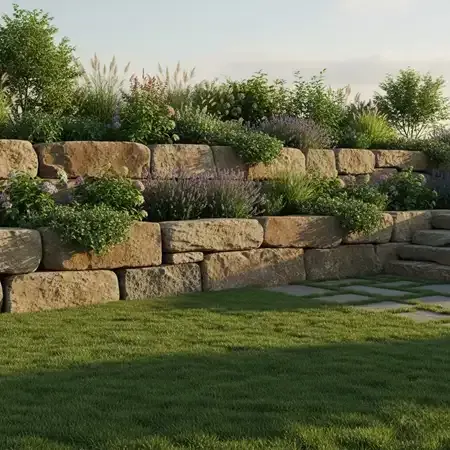
Retaining walls are basically the personal trainers of the yard, keeping everything in line while no one notices their hard work. Many homeowners see them as simple blocks stacked in the yard, but retaining walls are engineered systems that stabilize soil, prevent erosion, and create usable land where natural slopes make that nearly impossible. A well-built retaining wall holds thousands of pounds of lateral pressure, so guessing or cutting corners is never an option. Anyone planning a new landscape, driveway expansion, or grade adjustment benefits from understanding how these structures work and why design matters as much as installation.
Retaining walls serve a straightforward purpose. They hold back soil that would otherwise shift, slide, or collapse downhill. Sloped properties in the Fort Worth region deal with expanding clay soil, seasonal movement, and fast changes in moisture. These natural conditions place enormous stress on any structure built against the earth. A retaining wall becomes the first line of defense against soil displacement, foundation pressure, and property damage.
Soil Conditions Determine Everything
The soil itself dictates how the retaining wall should be designed. North Texas soil is well known for its movement. It expands when saturated and contracts when dry. This cycle repeats every year. Many homeowners blame builders when their walls lean, crack, or bow out, but the real cause often comes from poor planning that ignored the soil conditions. A retaining wall must always account for the soil type, slope angle, and drainage pattern.
Clay soil holds water longer than sandy or loamy soil. When water becomes trapped behind a wall, the hydrostatic pressure that builds can exceed the weight the wall was designed to support. This leads to bulging or total failure. The solution comes from proper drainage. A retaining wall that includes gravel backfill, a perforated drain pipe, and enough space for water to escape lasts far longer than a wall built directly against compacted soil.
Proper soil preparation can prevent wall failure and costly repairs. Explore soil and compaction best practices for retaining walls to get it right.
Drainage Determines Whether a Wall Lasts
Many retaining wall failures across Texas begin with poor drainage. Even strong materials cannot survive constant water pressure. When builders fail to prepare the wall with adequate drainage, the soil saturates after heavy rain and the added weight pushes against the structure with tremendous force. Water always finds a path. The key is directing it away before pressure builds.
Drainage gravel behind the wall and a perforated pipe at the base create a channel for water to move freely. Landscape fabric keeps fine particles from clogging the drainage field. A wall with proper drainage rarely shifts, and even during intense storms, the water exits without damaging the structure. Homeowners who skip drainage to save cost end up paying far more for repairs later.
Proper budgeting ensures your retaining wall is strong and durable. Explore the cost breakdown of concrete services to make informed decisions.
Material Selection Shapes Long-Term Performance
Retaining walls come in several materials, each with different strengths. Concrete block systems are popular because of their durability and interlocking design. They resist soil pressure effectively and offer consistent appearance. Poured concrete walls provide superior strength for taller structures or steep grade transitions. Natural stone offers a traditional look, but demands careful stacking and reinforcement to manage heavy loads.
Material choice depends on the height of the wall, the soil pressure expected, and the aesthetic preference of the property owner. A small garden border wall may function well with natural stone or small blocks. A taller wall supporting a driveway or uphill grade needs a structural system designed for heavy loads. Regardless of the material, the base preparation must be perfect. A stable foundation of compacted gravel ensures the wall remains level and prevents settling.
Ensuring a retaining wall stands the test of time requires expertise. Explore Fort Worth concrete contractors’ secrets to high-quality concrete work for insight into best practices.
Reinforcement Makes High Walls Safe
Walls over a certain height require reinforcement. Gravity walls rely on their weight to resist soil pressure. Once the wall reaches a higher level, geogrid reinforcement becomes essential. Geogrid extends horizontally into the soil behind the wall, creating a reinforced mass that prevents forward movement. Taller walls also benefit from thicker base layers and additional engineering to meet safety standards.
Many homeowners underestimate how quickly pressure increases as wall height grows. A wall that stands only a few feet tall holds moderate pressure. A wall twice that height holds several times more force. Reinforcement is not optional once a wall reaches a certain threshold. A properly engineered wall always uses reliable reinforcement, proper drainage, and strong backfill material.
Design Errors Cause More Failures Than Materials
Most retaining wall problems stem from design mistakes long before the first block is set. Common issues include inadequate footing, shallow burial depth, missing drainage, or incorrect reinforcement spacing. Even the best materials cannot compensate for design flaws. A well-planned retaining wall begins with measurements, soil evaluation, and recognition of grade changes across the property.
Another frequent mistake happens when homeowners place heavy structures near the top of a retaining wall. Pools, sheds, patios, and driveways add load that the original wall design may not support. Retaining walls should always be evaluated before adding weight on top of the soil they hold back. Expanding clay soil already shifts enough on its own. Additional load requires updated engineering.
Retaining Walls Create More Usable Space
Beyond structural protection, retaining walls add value by turning uneven land into stable, usable areas. Homeowners often install retaining walls to build patios, expand driveways, add garden terraces, or prevent soil from washing onto walkways during storms. A property with steep grades gains functionality once the ground becomes level and secure.
Retaining walls also guide water flow. They keep soil from sliding downhill during heavy rain and prevent erosion in vulnerable areas. Properly placed walls help direct runoff away from foundations and prevent pooling in low spots. This improves landscape health and protects structures across the property.
Maintenance Ensures Longevity
Retaining walls require little maintenance when built correctly, but regular inspections prevent long-term damage. Signs of trouble include small cracks, leaning sections, or soil overflow at the top. Early detection helps maintain stability and prevents expensive repairs. Keeping the drainage system clear and vegetation trimmed away from joints supports long-term performance.
Seasonal temperature changes in Texas also affect walls. Hot summers and cold winters cause soil expansion and contraction. A well-built retaining wall handles these shifts easily. However, monitoring the wall annually ensures structural integrity throughout the year.
Concrete retaining walls endure stress every day. Discover the importance of proper concrete maintenance for Fort Worth homeowners to prevent cracks, erosion, and costly repairs.
A Reliable Retaining Wall Begins With Knowledge
Retaining walls serve as more than decorative landscape features. They are engineered systems designed to manage soil movement, provide stability, and protect property from natural forces. Strong walls come from proper planning, correct materials, reinforced design, and attention to drainage. Reach out to a professional for advice and support.
